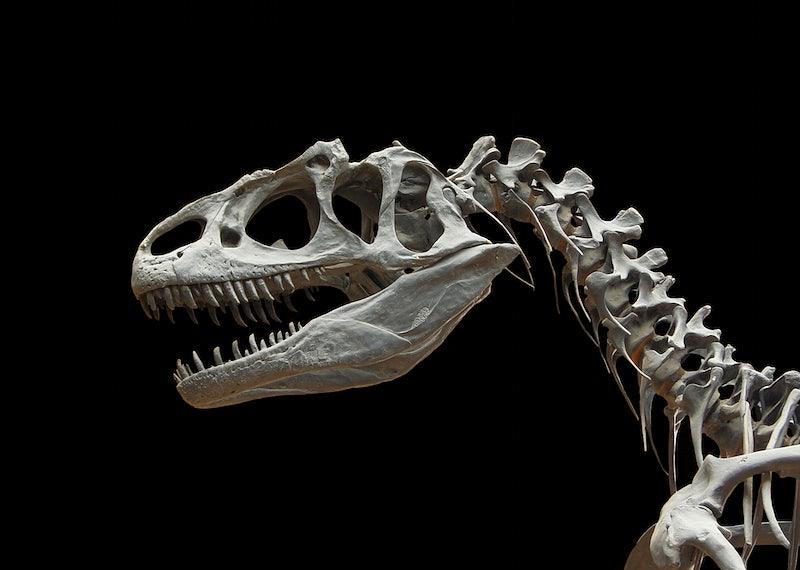
In this hands-on lesson, students will have a teacher read aloud: "Rosie Revere, Engineer" and discuss the importance of perseverance and imagination while creating, building, and testing. They will

In this hands-on lesson, students will have a teacher read aloud: "Rosie Revere, Engineer" and discuss the importance of perseverance and imagination while creating, building, and testing. They will

This engaging lesson is the 2nd lesson in a series of 2 focused on data science inquiry. Students use their My Data Portraits from Lesson 1 for data collection, analysis, presentation, reflection and

Love it, kind of like it, kind of don’t like it, or don’t like it at all are typical responses to many things…depending on what we are being asked! During this investigation, we explore together, how

This hands-on lesson allows students to investigate how the length of a piece of string affects the speed and centripetal force on an object moving in a circular path at a constant speed and use

In this lesson students will learn about water filtration and how to filter simulated Martian water. Students will build water filters and use the engineering design process. This is the 2nd lesson in

This lesson plan will help students gather and analyze data from a climate of a small-scale area such as the football field, parking lot and botanical garden.

Students research the impact natural hazards in a city in the southwest and create an artifact to prompt public action.

A 1st grade lesson plan asking students to create a model to classify dinosaurs into different groups according to similarities. Following the classification, a classroom discussion about the ways

In this introductory 5E lesson to organism adaptations, 5th grade students examine the case of the peppered moth to answer two inquiry questions: 1. (to Explore) Can organism’s traits help it in its